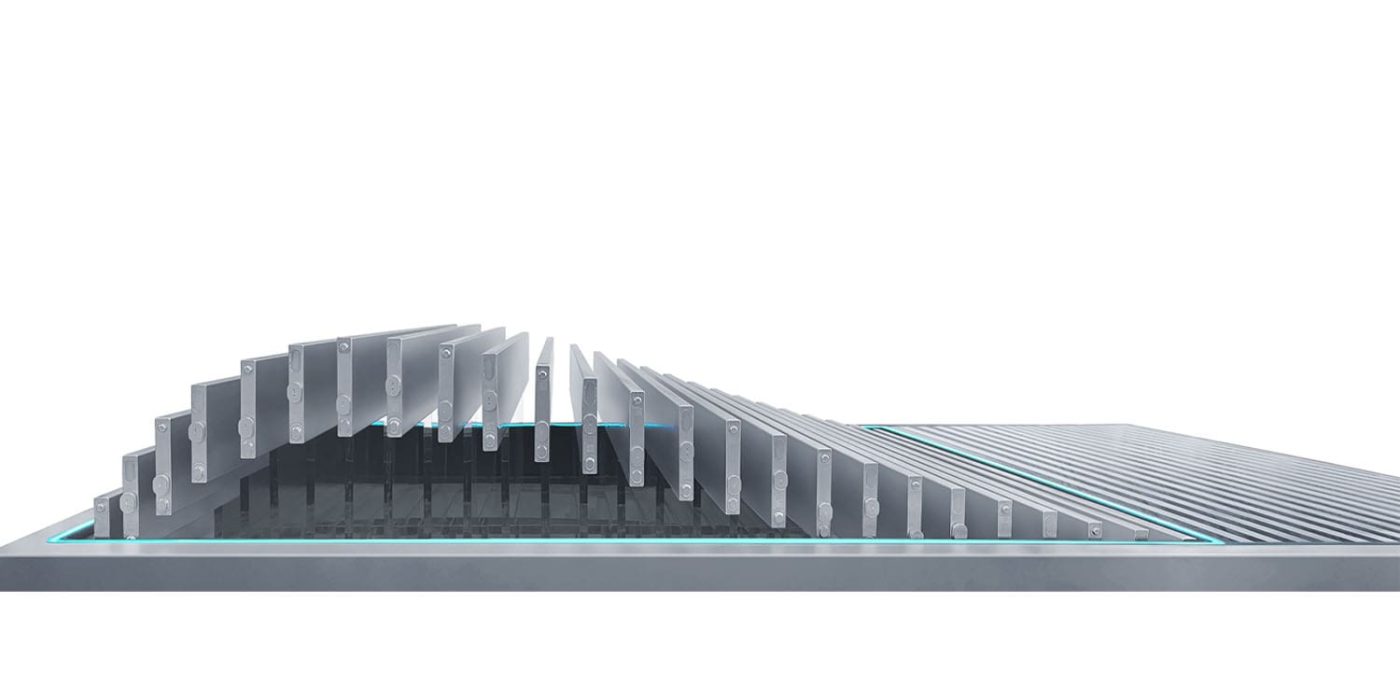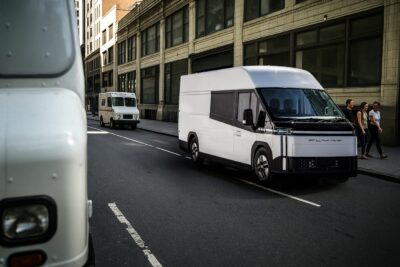BYD & FAW complete first batteries at Changchun factory
BYD and FAW have produced the first battery pack in their new factory in Changchun, the capital of Jilin province in northeast China. However, the new plant is not yet fully up and running; series production there is scheduled to begin in September 2023.
In February 2022, the partners started construction of the new production facility, which is designed for an annual capacity of 45 GWh. The joint venture called FAW FinDreams New Energy Technology (FinDreams is BYD’s brand for the third-party business with eMobility components) wants to manufacture blade batteries there. The production of the first battery pack at the plant is a “milestone in the tuning of the production line and lays the foundation for the start of production in September”, BYD said, according to Chinese media.
When the factory is finally running at those 45 GWh, it should be able to produce batteries for one million e-cars per year, according to current and earlier reports. Of course, that would only be the case at 45 kWh per vehicle. If larger batteries were installed in the cars, the 45 GWh would not be enough for so many vehicles. What is clear, however, is that the factory will then have a production value of 20 billion yuan per year (about 2.5 billion euros per year). This also means that BYD expects a price of 444 yuan per kWh – or the equivalent of about 55 euros per kilowatt hour.
FAW FinDreams is also abbreviated as FAW Fudi in China. It is still not known in which vehicles the blade batteries from FAW-Fudi will be installed. FAW already uses blade batteries from BYD in the Hongqi E-QM5. It remains to be seen whether FAW and BYD themselves will be the main customers of the joint plant or whether third-party customers will also be supplied.
The Blade battery is an in-house development by BYD. The name refers to the unusual format: the pouch cells are very long and therefore resemble a sword blade. The elongated cells, which are produced exclusively with LFP chemistry, are installed in the battery packs across the direction of travel. However, there are different variants; BYD uses both cell-to-pack and cell-to-body versions of its battery packs in its own electric cars.





0 Comments